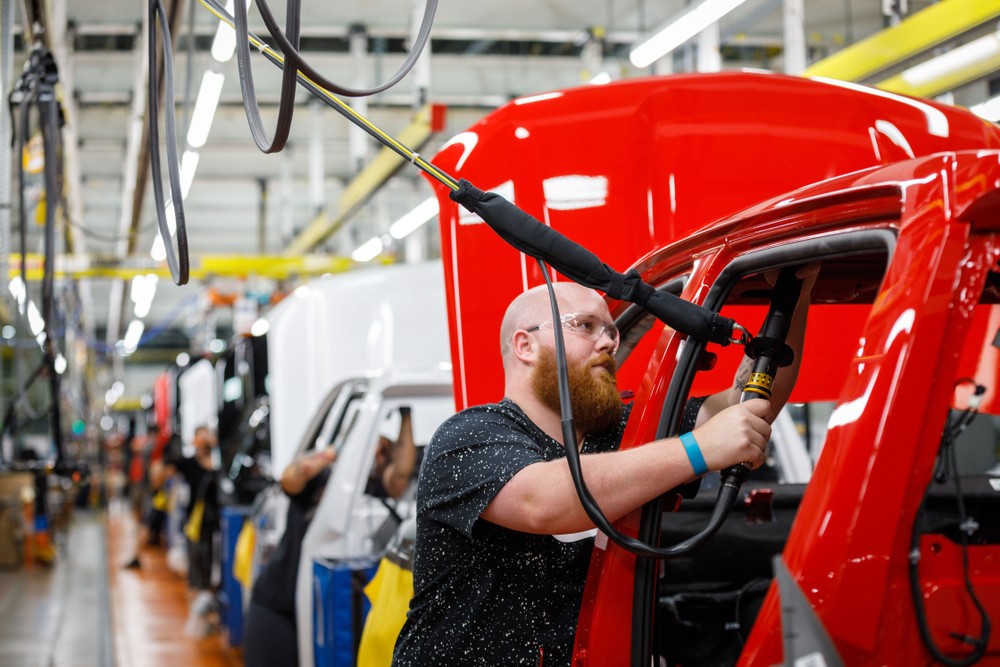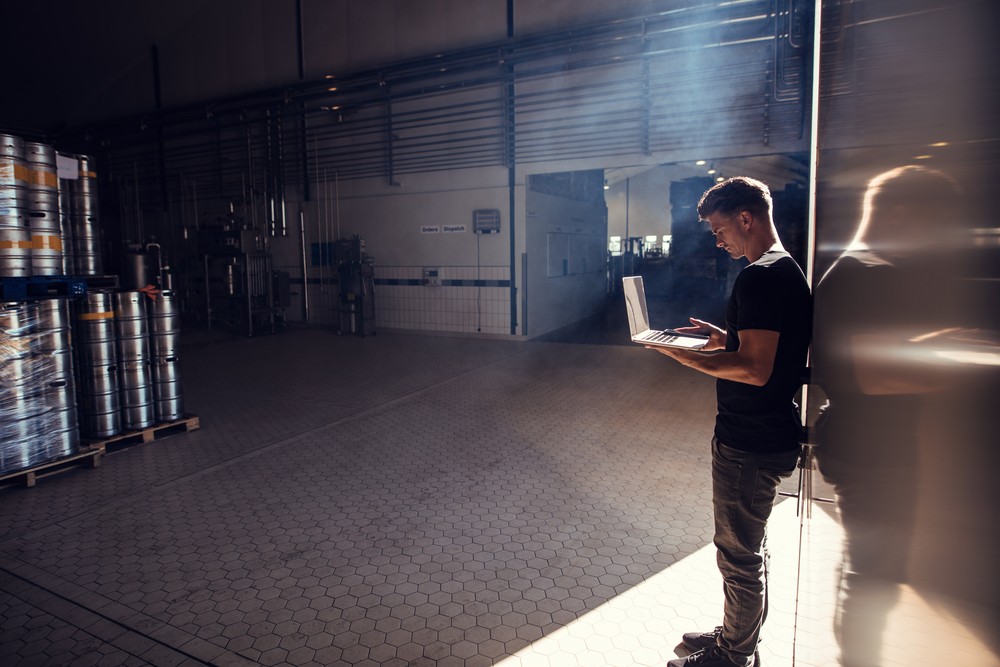Social Distancing for Manufacturers: Is it Possible?

As coronavirus spreads exponentially in countries around the world, we’ve entered the phase of proactive action. Schools are closing, sports are postponed. And now, companies are asking their employees to work remotely to reduce the risk of transmission in the workplace. The objective is to ‘flatten the curve,’ reducing the total number of infirmed at any given time, so as to avoid overwhelming the healthcare industry. Data tells us that even if a million people contract the virus, our chances of treating it are exponentially better if those million cases are staggered, rather than all at once.
Social distancing is in full effect, but is it possible for manufacturers to protect their workforce from proximity transmission? While white collar workers can easily cozy up to a computer quarantined in their home, manufacturing workers are hands-on and ever-present on the factory floor.
Manufacturers battle to keep transmission rates low
You can’t build a jet while working from home. This simple yet vivid example shows exactly why manufacturing is walking on pins and needles right now. At a time when the Centers for Disease Control (CDC) recommends gatherings of no more than 50 people in one place, manufacturers are wondering what to do with facilities that see hundreds coming in daily, working 8- to 10-hour shifts.
To compound the problem, American manufacturers simply can’t shut the doors and close down until the problem passes. With China’s production economy crippled and supply chains worldwide suffering disruption, American manufacturing not only has an opportunity, it has a duty to remain functional. Thus, a bigger question arises: can manufacturers continue to operate ethically, while keeping workers safe from possible coronavirus exposure?
It’s possible, but factories need to be swift in enacting modified social distancing policies. In the early stages of transmission in the U.S., early and decisive action will be what saves manufacturing from the same fate as China.

What can manufacturers do?
With remote working off the table and some forms of social distancing not applicable to the factory environment, manufacturers need to rely on other methods of keeping their workers’ exposure to each other at a minimum. Here’s a look at some of the guidance offered by world manufacturing organizations:
- Teach employees to distance themselves by 3 feet or more whenever possible.
- Have close-proximity workers wear safety masks as a temporary form of personal protective equipment (PPE).
- Reschedule non-critical services or have them performed on off-peak hours.
- Stagger shifts to reduce the total population present in the factory at one time.
- Cut back to floor skeleton crews or reassign workers to isolative tasks where possible.
- Make sanitization a priority, with access to disinfectant wipes and cleaning supplies.
Social distancing and proper sanitization are proven to limit the spread and viability of Coronavirus. Manufacturing — along with healthcare and other essential industries — can’t support remote work in a time when it’s needed most. The next best thing is to practice good social distancing policies and be cognizant in reducing possible transmission in the workplace. We’ve already seen what can happen in a factory environment. Proactive action is the best action.